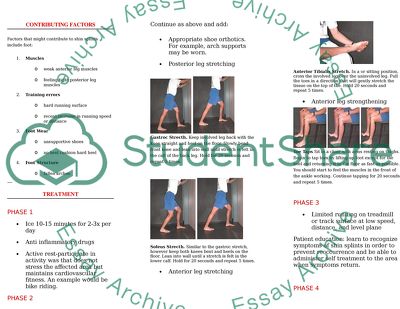Cite this document
(“Rehabilitation for Runners Essay Example | Topics and Well Written Essays - 1500 words”, n.d.)
Retrieved from https://studentshare.org/sports-and-recreation/1530600-rehabilitation-for-runners
Retrieved from https://studentshare.org/sports-and-recreation/1530600-rehabilitation-for-runners
(Rehabilitation for Runners Essay Example | Topics and Well Written Essays - 1500 Words)
https://studentshare.org/sports-and-recreation/1530600-rehabilitation-for-runners.
https://studentshare.org/sports-and-recreation/1530600-rehabilitation-for-runners.
“Rehabilitation for Runners Essay Example | Topics and Well Written Essays - 1500 Words”, n.d. https://studentshare.org/sports-and-recreation/1530600-rehabilitation-for-runners.


